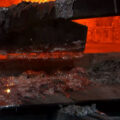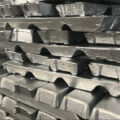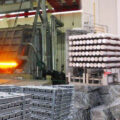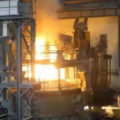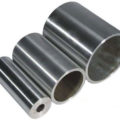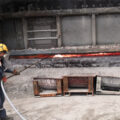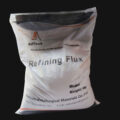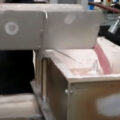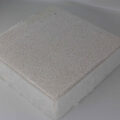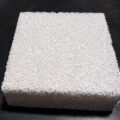The aluminum can is often the subject of recycling success stories and statistics, but the recycling rates in the auto and building/construction industries are even higher. More than 90 percent of aluminum used in automotive and construction applications is recycled. Secondary Production is the process of recycling aluminum scrap into aluminum that can be used again—an environmentally sound process that is 92 percent more energy efficient than primary production. The increased adoption of recycled aluminum in manufacturing has created significant economic and environmental wins for both industry and consumers. Nearly 40 percent of the North American aluminum supply is now created through secondary production, up around 10 percent since the early 1990s.
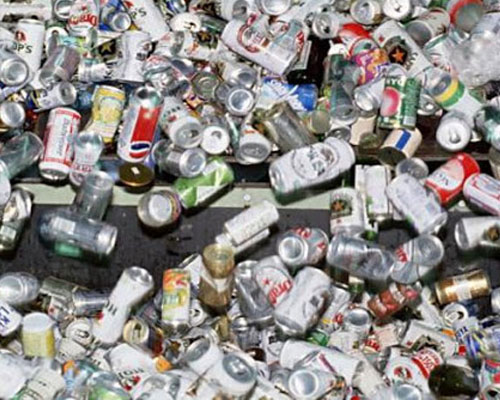
Aluminum Recycling Process
The secondary production process begins with extracting used aluminum from waste streams and getting it ready for recycling. Because of the energy savings benefits it provides, aluminum scrap is a most valuable commodity. Scrap segregated by chemical composition, or alloy, maintains the highest value while scrap containing a mix of alloys and other materials has the lowest. New technologies, such as Laser Induce Breakdown Spectroscopy and Color Sorting, can separate aluminum and remove contaminants to improve the quality and value of the scrap. This fine-tuned recycling process allows aluminum cans to be recycled over and over again in a true closed-loop process.
Smelting and Refining
Once the scrap is collected and sorted, it is placed into a melting furnace and turned into molten aluminum at temperatures ranging from 1300 to 1400 degrees Fahrenheit. The aluminum liquid needs to refine by online degassing unit and filtering equipment. This molten aluminum may be kept in its liquid state or cast into large slabs called ingots or billets. In some cases, alloying elements are added to the liquid aluminum in order to produce the desired metal for a specific product type. Aluminum ingots may be rolled back into a sheet product (like can or auto body sheet) while billets can be extruded into a shaped product.
Additional metals and compounds are often added during the secondary production process to achieve the right alloy “recipe” for the finished product. High performing products such as building materials or automotive parts can be recycled from other high-quality aluminum products, such as aircraft components. And since aluminum never loses its performance or strength during the recycling process, the same piece of aluminum can enter the secondary production process time and time again, multiplying the cost savings and environmental benefits.
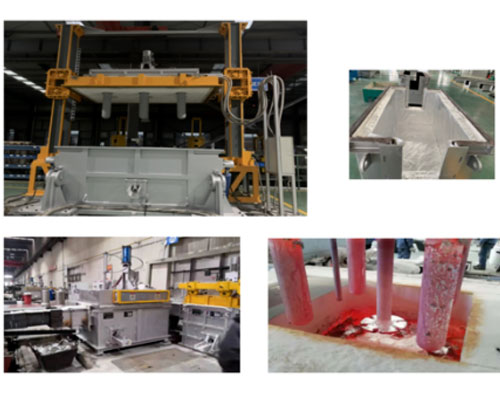
Recycling Aluminum
Not only does secondary aluminum production use less energy, it reduces landfill waste, contributes much lower greenhouse gas emissions and greatly reduces costly international transportation. A 10 percent increase in aluminum end-of-life recycling rates decreases industry greenhouse gas emissions by 15 percent.

